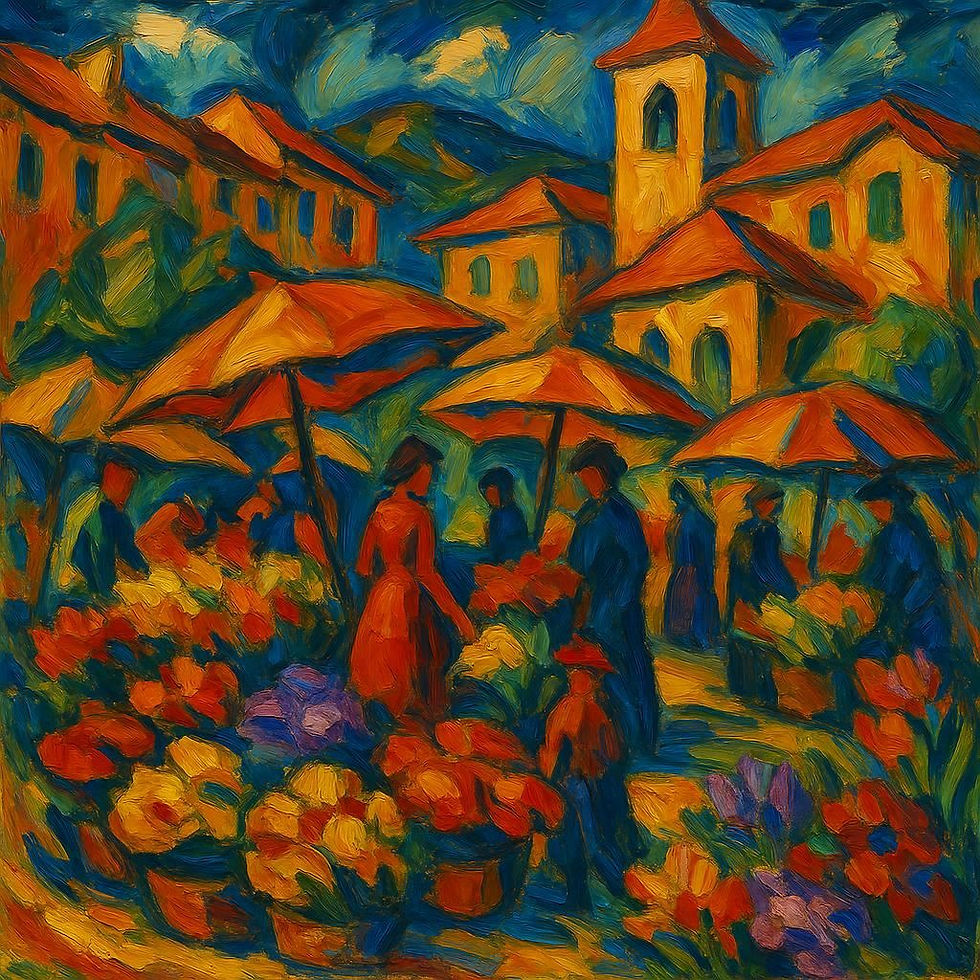contemporary art: dutch windmill
- Martin Döhring

- 4. Feb.
- 2 Min. Lesezeit
Dutch windmills are marvels of engineering and have a rich history of construction techniques. Here are some of the key antique techniques used in their construction:
1. Post Mill: One of the earliest types of windmills, the post mill, dates back to the 12th century. It features a large wooden post that supports the entire structure, allowing the mill to be rotated to face the wind. This design improved efficiency by maximizing wind power.
2. Tower Mill: Developed in the 14th century, the tower mill has a stationary brick or stone tower with a rotating cap that hol

ds the sails. This design allowed for larger and more powerful mills, as the tower provided a stable base.
3. Smock Mill: Similar to the tower mill, the smock mill has a wooden frame covered with thatch or wood. The name "smock" comes from its resemblance to a farmer's smock. The smock mill also features a rotating cap and was commonly used for milling grain.
4. Gear Mechanisms: Dutch windmills use intricate gear mechanisms to convert the rotational motion of the sails into useful work. The main components include the wind shaft, brake wheel, wallower, and upright shaft. These gears drive various machinery, such as millstones for grinding grain or pumps for draining water.
5. Sails: The sails of Dutch windmills are typically made of wood and canvas. They are mounted on a horizontal wind shaft and can be adjusted to catch the wind more effectively. Some sails have shutters that can be opened or closed to control the speed of the mill.
6. Water Management: In addition to milling grain, Dutch windmills played a crucial role in water management. Drainage mills used Archimedes' screws or scoop wheels to pump water out of low-lying areas, helping to reclaim land and prevent flooding.
These antique techniques showcase the ingenuity and craftsmanship of Dutch millwrights, who created these iconic structures that have stood the test of time.






Classical Dutch windmills are an iconic representation of Dutch culture and engineering, deeply integrated into the Netherlands' landscape, history, and economy. Here’s an overview:
History:
Origins: Windmills in the Netherlands date back to the late 13th century, with the earliest known reference from 1274 in Zaandam. They were initially used for milling grain, but their utility expanded over time.
Golden Age: The 17th and 18th centuries, known as the Dutch Golden Age, saw a proliferation of windmills, which became central to various industries, including sawing wood, making paper, and processing dyes.
Types and Functions:
Grain Mills: The most common type, used for grinding grain into flour.
Polder Mills: Essential for water management, these mills drained the low-lying lands of the…